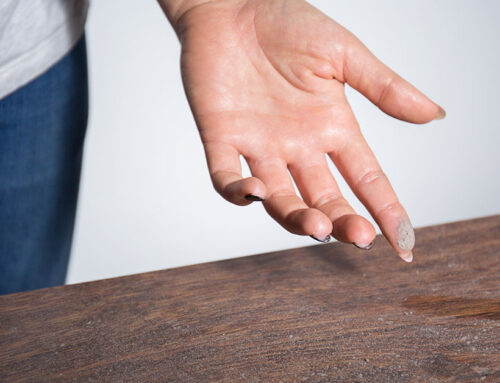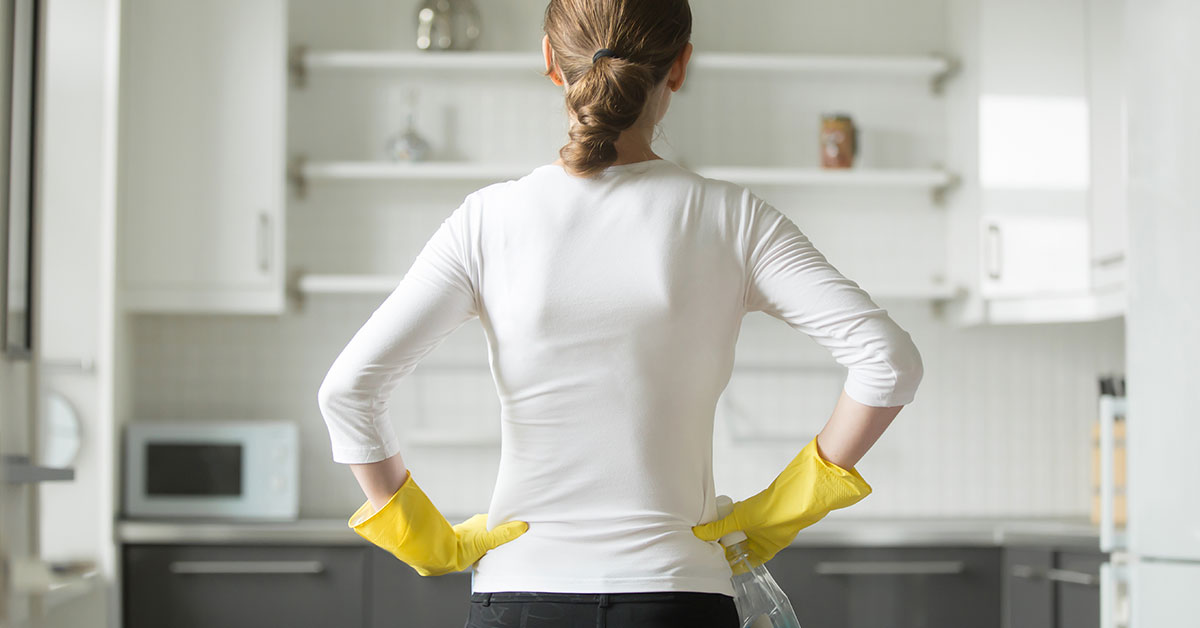
Indoor Air Quality Severely Lacking in 97% of Homes
[wpsummarize]


A recent study shows over 97% of homes were found to have lower than acceptable levels of Indoor Air Quality (IAQ).* Findings were recorded based upon over 49,000 individual tests performed over a two year period.
Why is this important?
During each minute of the nearly 21 hours we spend indoors each day, we take in between one and two gallons of air. This air contains not only the oxygen we need to survive, but also air pollutant levels that are usually 2 to 5 times higher than the outdoors, and can get up to 100 times higher. These air pollutants include the following:
- Particle Allergens
- Chemical Pollutants
- Carbon Dioxide
- Excessive Temperatures
- Excess Humidity
- Carbon Monoxide
What problems can poor IAQ cause?
Poor IAQ is one of the top 5 most urgent environmental risks to public health. Despite this fact, many consumers are unaware that it could even potentially be a problem, much less that it can cause problems associated with the following conditions:
- Asthma
- Cardiovascular Disease
- Cancer
- Lead Exposure
- Birth Defects
- Neurobehavioral Disorders
Does this affect me?
Each year 342,000 lives are lost because of lung disease: 20 million people have allergy problems, and spending on allergy and asthma symptoms stands at over $5 billion per year. Over 97% of the homes surveyed showed unacceptable levels of at least one type of pollutant. So, chances are, it is affecting you right now!
What can I do?
While poor IAQ is a significant problem, there are actions each homeowner can take to improve it. For example, limiting smoking indoors, using exhaust fans while cooking, and properly maintaining your air conditioning and heating system are all simple steps you can take to improve IAQ.
One common place where allergens build up in the home is in the ductwork of your air/heating systems. In order to properly maintain these systems, the air ducts should be properly cleaned. Using advanced cleaning techniques and technology like the Rotobrush aiR+® air duct cleaning system and video inspection, we can help reduce pollutants in your home.
*Source for study and statistical information cited in article: AirAdvice State of Our Indoor Air Report 2007
Share this article
A quick overview of the topics covered in this article.





